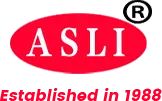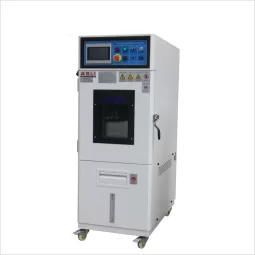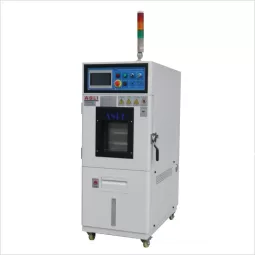Temperature and humidity chambers are critical instruments for simulating environmental conditions and ensuring the reliability of products. Their long-term performance depends on rigorous, regular maintenance. In this article, we explore key aspects of maintenance, including the handling of high-pressure alarms and low-pressure alarms, refrigerant management, evaporator and condenser cleaning, and additional operational safeguards, to ensure optimal performance and longevity.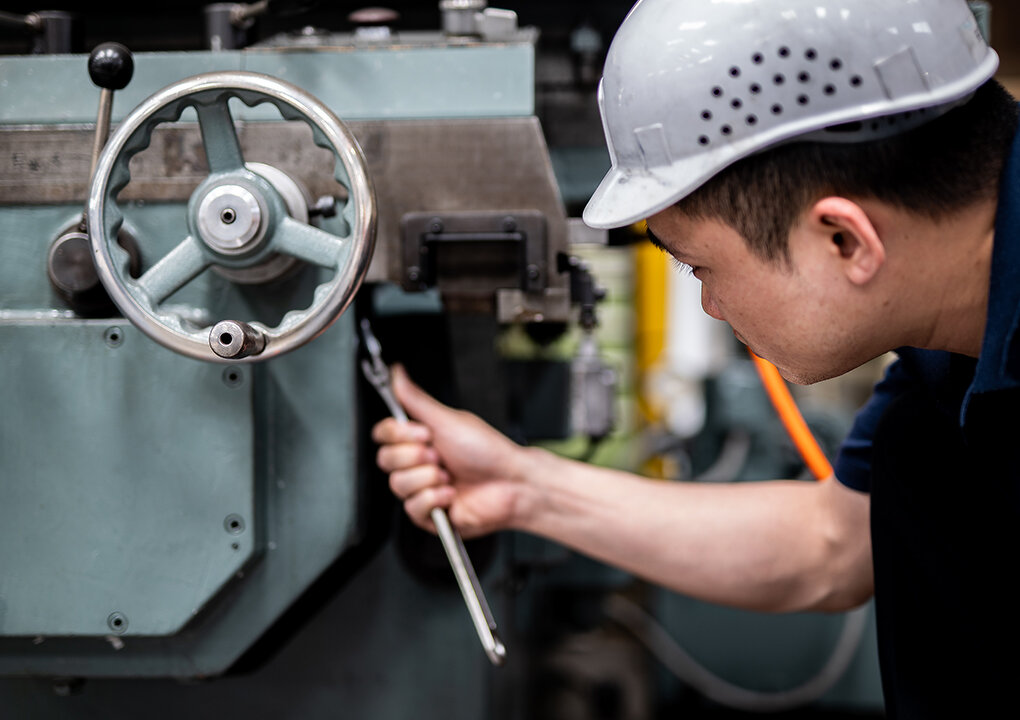
One of the primary challenges in maintaining these chambers is managing pressure anomalies. A high-pressure alarm is often triggered when the condenser’s heat dissipation is compromised. Dust and debris can clog the condenser’s heat exchange fins, causing the compressor’s high-pressure switch to trip unexpectedly. To mitigate this, it is essential to clean the condenser using a vacuum cleaner or high-pressure air gun on a monthly basis. Additionally, operating the chamber in an environment with proper ventilation, away from external heat sources, helps prevent overheating and ensures smooth operation.
Conversely, a low-pressure alarm may indicate issues such as refrigerant leakage. Signs like oily residues at copper pipe joints or welding seams suggest that refrigerant may be escaping, and immediate shutdown with professional intervention is necessary. Moreover, a clogged air filter can restrict airflow, leading to low pressure. Regular replacement of the air filter and filter cartridges—ideally on a 12-month cycle—can prevent such issues. Another potential cause of low-pressure alarms is the formation of frost or ice on the evaporator during prolonged low-temperature operations; periodic checks and, if necessary, defrost cycles are crucial for maintaining proper function.
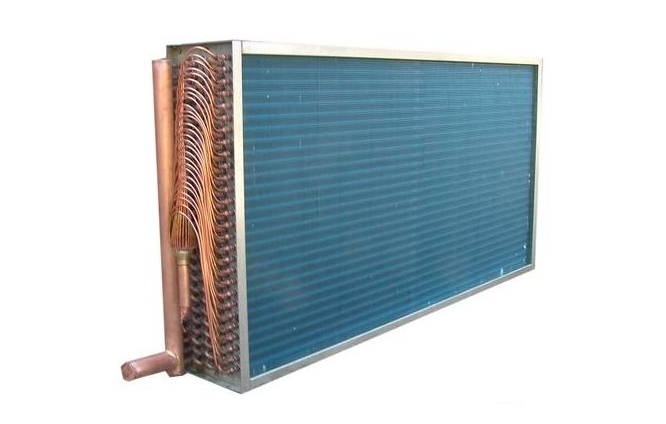 Refrigerant management is another critical maintenance area. Annual inspections of all copper tubing, flare fittings, and welded joints for leakage are recommended. Using high- and low-pressure gauges to monitor the refrigerant state is vital; normal pressure values should match those specified in the equipment’s manual. When anomalies are detected, corrective measures—such as adjusting the refrigerant quantity or clearing blockages—must be taken promptly. Refrigerant addition should be carried out only by certified technicians to avoid mixing different refrigerant types or overfilling the system. Maintaining detailed records of refrigerant additions, including model, quantity, and pressure readings, ensures that future maintenance can be conducted accurately.
Refrigerant management is another critical maintenance area. Annual inspections of all copper tubing, flare fittings, and welded joints for leakage are recommended. Using high- and low-pressure gauges to monitor the refrigerant state is vital; normal pressure values should match those specified in the equipment’s manual. When anomalies are detected, corrective measures—such as adjusting the refrigerant quantity or clearing blockages—must be taken promptly. Refrigerant addition should be carried out only by certified technicians to avoid mixing different refrigerant types or overfilling the system. Maintaining detailed records of refrigerant additions, including model, quantity, and pressure readings, ensures that future maintenance can be conducted accurately.
Cleaning the evaporator and condenser is essential for maintaining the chamber’s cooling efficiency. Dust accumulation on the evaporator can significantly hinder heat exchange. It is advisable to open the chamber after shutdown and carefully remove dust from the evaporator surfaces with a soft cloth or vacuum. If corrosion or other residues are present, a neutral cleaning solution should be used, while strong acids or alkalis must be strictly avoided. Similarly, the condenser should be cleaned on a monthly basis using either a vacuum or compressed air, ensuring that nothing obstructs the airflow. Equipment placement should allow at least 50 cm of clearance around the condenser to facilitate optimal heat dissipation.
Other maintenance aspects include ensuring the proper functioning of the humidification system and electrical components. For example, the humidifier’s water reservoir should be replaced and its water pan cleaned on a monthly basis to prevent scale buildup. The wet-bulb sensor or test cloth should be replaced every three months to maintain accurate humidity readings. Electrical systems also require attention; the distribution room should be cleaned annually to remove dust, and all high-current connections should be inspected for loose contacts to prevent potential fire hazards. Moreover, temperature and humidity sensors and controllers should be recalibrated regularly to guarantee accurate data.
For equipment that is not in continuous use, proper shutdown procedures are critical. Monthly power-ups of at least one hour can help prevent component degradation. Before extended shutdowns, it is important to drain and dry the water circuits and to bake out the chamber to prevent mold growth or condensation issues.
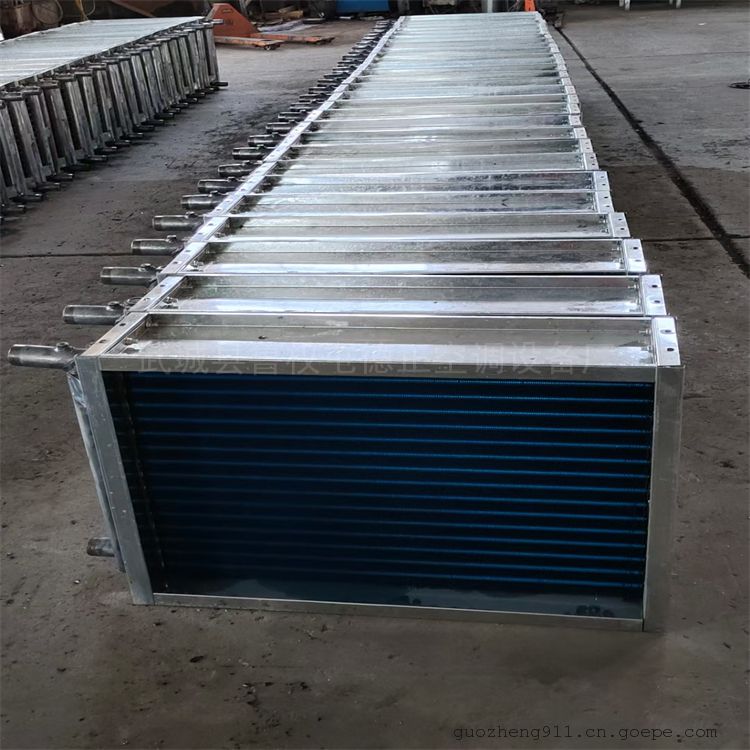
Safety remains paramount throughout these procedures. Always
